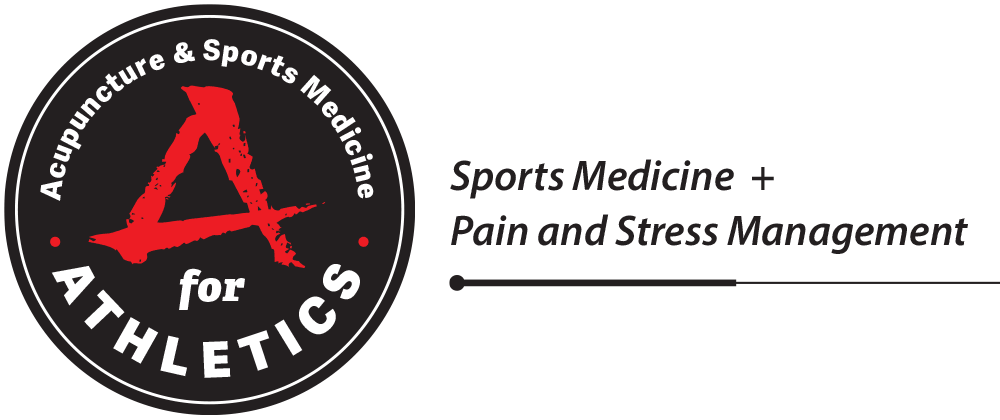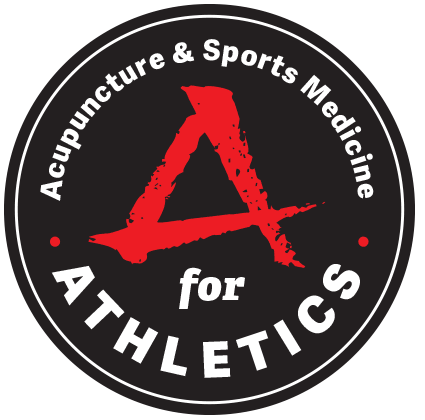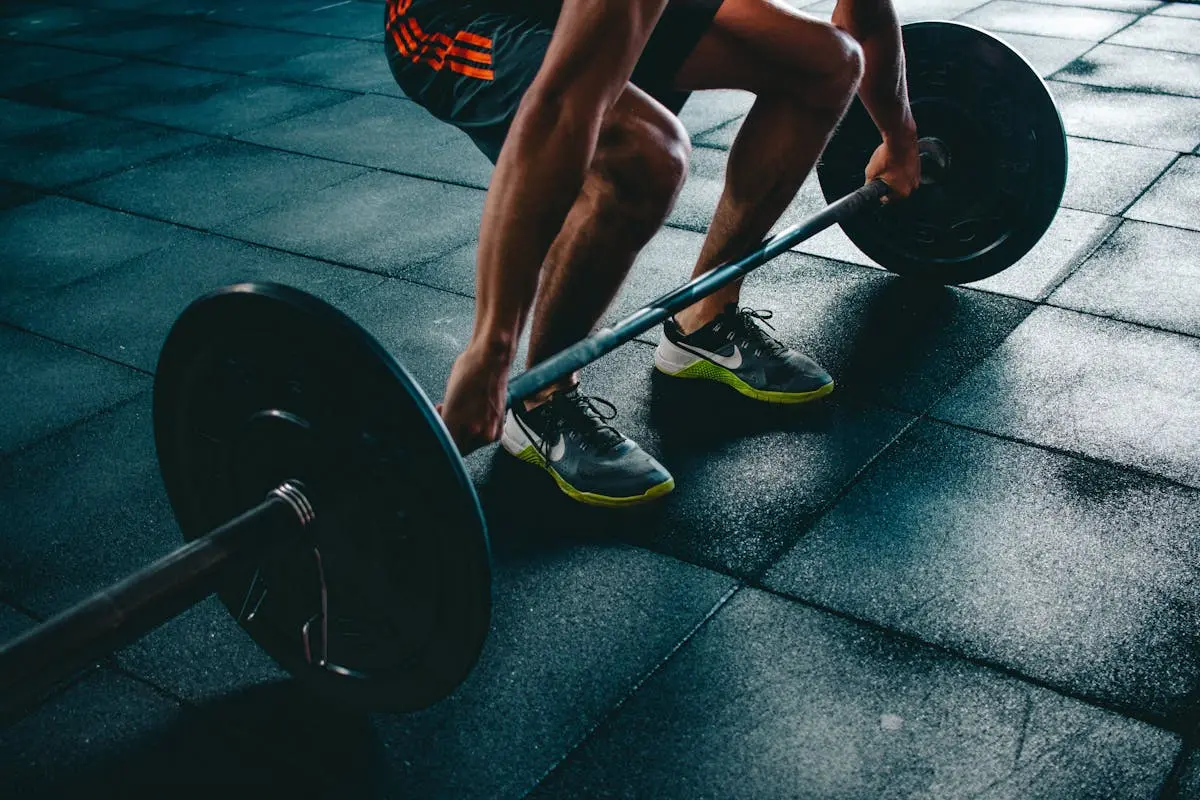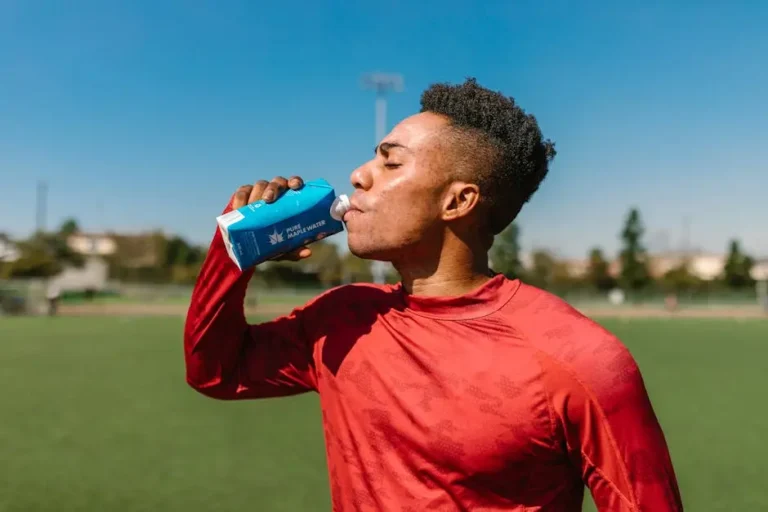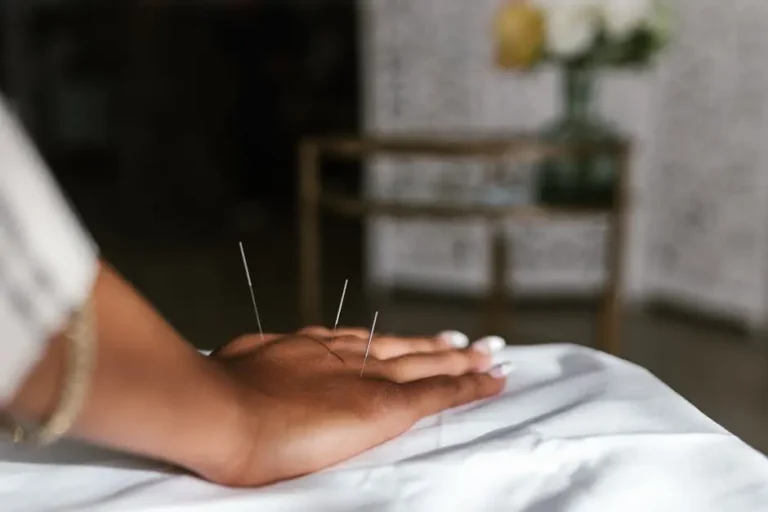How Dry Needling Boosts Your Athletic Recovery Journey
Unlock the secrets to enhancing your athletic recovery with a method that’s gaining popularity among athletes and therapists alike—dry needling. In this blog, we’ll explore how this innovative technique can help speed up recovery times, reduce pain, and enhance your overall performance.
Understanding Dry Needling: What is it?
Dry needling is a treatment that involves inserting thin needles into specific points in the muscles to alleviate pain and tension. Unlike acupuncture, which is rooted in traditional Chinese medicine, dry needling is based on modern Western medicine’s understanding of muscle anatomy and physiology. This technique is designed to target myofascial trigger points, commonly known as ‘knots’, which can develop from overuse, stress, or injury. By focusing on these points, therapists can effectively release muscle tightness and improve range of motion, providing a holistic approach to pain management and muscle rehabilitation that can be particularly beneficial for athletes.
The precise technique behind dry needling differentiates it significantly from other forms of manual therapy. The needles used are finely pointed and allow for deep penetration into muscle tissue, which can provoke a local twitch response. This involuntary muscle reaction is a good sign—it means that the affected muscle is reacting to the needle and experiencing a release of tension. For athletes who face regular muscle stiffness due to intense training schedules, this responsive release can be a game-changer in their recovery toolkit.
The Science Behind Dry Needling
When performed correctly, dry needling can cause micro-lesions that stimulate the body’s repair mechanisms. This leads to improved blood flow, the release of neurotransmitters, and ultimately, the reduction of muscle pain and tension. Research indicates that these micro-lesions help initiate an inflammation-like process that leads to the regeneration of muscle tissue. By promoting better circulation, dry needling enhances the supply of oxygen and nutrients to the targeted area, expediting the healing process significantly.
The biochemical responses triggered by dry needling involve the release of endorphins and other pain-relieving agents within the body. As a result, there is a natural and significant decrease in pain symptoms, which can make a tremendous difference for those suffering from chronic muscular pain or sports injuries. Additionally, dry needling can stimulate neural pathways in a way that increases muscular strength and flexibility, providing both immediate and long-term benefits for athletic performance.
Benefits of Dry Needling for Athletes
Athletes who incorporate dry needling into their recovery protocol report quicker recovery times, increased range of motion, and a reduction in muscle tightness. It can also help in reducing delayed onset muscle soreness (DOMS) after intense workouts. For runners, reducing DOMS means returning to training faster, while for weightlifters, it signifies better lifting performance in subsequent sessions—helping them avoid the cycle of soreness and slow recovery that can hinder training progress.
One of the most appealing benefits of dry needling for athletes is its ability to prevent injuries. By maintaining muscle elasticity and joint mobility, dry needling reduces the risk of strains and sprains common in high-demand sports. Incorporating regular dry needling sessions as part of a comprehensive recovery strategy can enhance overall resilience, allowing athletes to sustain longer periods of high performance without the drawbacks of extended recovery times.
Who Can Benefit from Dry Needling?
While dry needling is advantageous for a broad range of athletes, it particularly benefits those involved in high-intensity sports that require quick recovery, such as runners, cyclists, and weightlifters. Professional athletes in competitive fields can find dry needling invaluable in maintaining peak physical condition, reducing the downtime after competitions, and preparing for upcoming events. It is also highly effective for amateur weekend warriors, who often experience residual soreness from infrequent high-intensity workouts.
Beyond competitive athletes, dry needling serves as a supportive therapy for individuals with repetitive strain injuries and those recovering from surgery. Office workers or individuals who spend prolonged periods in static postures may experience myofascial tightness that responds well to dry needling, highlighting its multifaceted application beyond the sports scope.
What to Expect During a Dry Needling Session
A typical dry needling session is brief, lasting between 20 to 30 minutes. During this time, a qualified therapist will carefully insert needles into selected points, and you may feel a mild discomfort or twitch response, which indicates the therapy is working. While it may seem daunting at first, most athletes report feeling a sense of relief and relaxation during the procedure—indicative of muscle tension release.
It’s important for participants to communicate openly with their therapist about their comfort and any sensations experienced during the session. Understanding how your body reacts to each session can help tailor and optimize future treatments for specific goals, be it pain relief, flexibility enhancement, or rehabilitation.
After the session, athletes are often advised to perform light activities to promote continued blood flow, further supporting the healing process initiated during needling. Hydration, adequate rest, and proper nutrition round out the post-session care, all contributing to the maximization of dry needling benefits in your recovery journey.
Unlock Your Full Potential with Dry Needling
As you embark on your athletic recovery journey, consider incorporating dry needling into your routine. With its potential to reduce pain and enhance performance, dry needling might just be the key to unlocking your full athletic potential.
